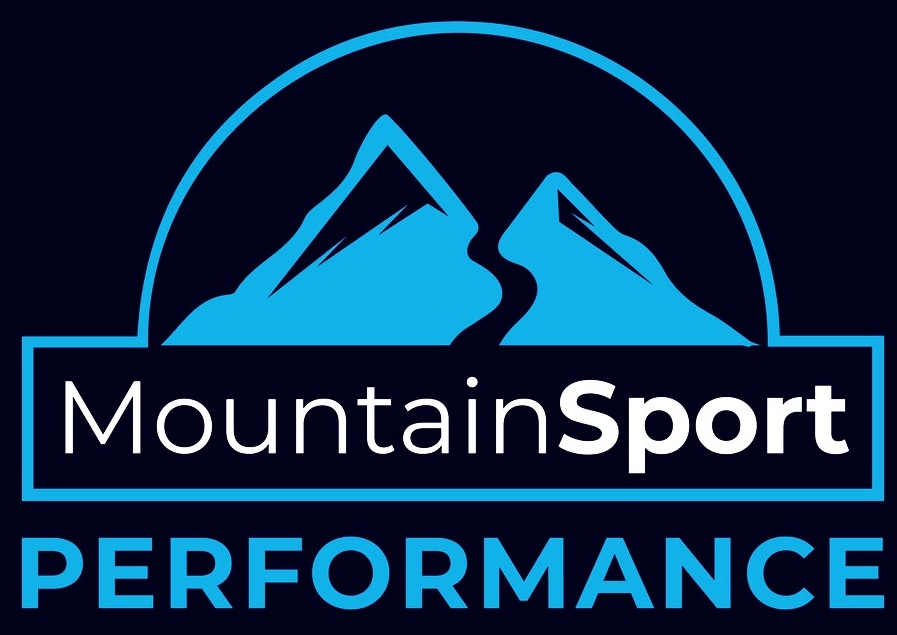In Defense of Carbs
In this article, I will be talking about a controversial topic: food, specifically carbohydrates. Carbohydrates have been in and out of style more than neon tights. This is due, in part, to confusing research and dubious advertising tactics. I’m here to tell you that carbohydrates don’t deserve the negative PR! In fact, they may even make your climbing more consistent during a day at the crag. With a little background knowledge and self-experimentation, you too can optimize carbohydrate intake for better climbing performance. *
What are Carbohydrates?
Carbohydrates (carbs, sugar, CHO) are a classification of compounds found in nearly every food [1]. Carbohydrates come in a variety of forms from fruit sugar to potato starch, avocados to gummy bears. The most common naturally occurring simple carbohydrates, known as monosaccharides, are glucose and fructose. These simple sugars can be combined into groups of two or more to create di- and polysaccharides. The longer and more complex the chain, the longer it takes to digest. Keep this in mind, as timing is an important part of sports nutrition.
Once consumed, there are two fates for carbohydrates: immediate utilization during exercise or storage in the form of glycogen/fat [2]. Glycogen serves as the body’s carbohydrate piggy bank. Roughly 400 grams of glycogen are stored at a time, with the liver storing 100 grams alone. The other 300 grams are known as muscle glycogen and play an important role in exercise performance. During moderate-to-high intensity exercise, muscle tissue will preferentially metabolize glycogen over fat. Without replenishment via fruit, sports drinks, or energy bars, glycogen stores will become depleted and performance will decline.
Glycogen utilization during high-intensity exercise. The higher the intensity, the faster glycogen stores are depleted!
How Much Should I Eat?
With all of this in mind, lets discuss recommendations for carbohydrate intake and climbing. First off, there are few peer-reviewed studies specifically looking at carbohydrate supplementation and climbing performance. However, based on previous research in other intermittent high-intensity sports (running, cycling, downhill skiing), we can make general recommendations [3]. A good rule of thumb is: the higher the intensity and longer the session, the more CHO should be consumed. For a full day of sport climbing, a climber should aim for 5-7g CHO/kg of body weight (BW, roughly 250-350g of CHO per day for a 50-70kg climber). For lower-intensity days, such as easy cragging or alpine climbing, this can be reduced to 3-5g CHO/kg BW [4].
How Should I Time My Carb Intake?
In terms of timing, three primary periods can be considered: pre-exercise, during exercise and post-exercise [5]. The pre-exercise (A.K.A priming) phase begins 24-36 hours prior to the day out. During this time, the goal is to replenish glycogen stores with large, CHO-heavy meals. Because immediate utilization is not an issue, these meals can be a mixture of complex and simple carbs. Climbers should also consume 1g CHO/kg BW within 1 hour of exercise. This will ensure glycogen stores are fully topped off. Next is during-exercise nutrition, also known as fueling. The goal here is to maintain glycogen stores between pitches. While at the crag, aim for 1-2g/kg BW overall or 30-60g of simple CHO every hour. This can be a banana or energy bar while you recover for a redpoint attempt. During the fueling phase, timing is a priority, so processed simple sugars (gummy bears, fruit chews) can be most beneficial here. Lastly, is the post-exercise or recovery phase. The primary goal here is to replenish glycogen that has been lost and prepare the body for another day of climbing. In this phase, aim for 1.2 g CHO/kg BW/hour. Again, because timing isn’t as much of an issue, a healthy mixture of complex and simple carbohydrates is appropriate.
Conclusion
In short, carbohydrates play an important role in intermittent high-intensity activities like sport climbing. If you want to keep performing at a high level through the day, maintain a steady stream of carbohydrates before, during and after exercise. It should be stressed that feeding strategies are highly individual and every person should experiment before making any major dietary switches. Some people may not respond well to increased carbohydrates while others may flourish. Play around with timing and type of carbohydrate to see what works best for you and your body. Once you have found the right formula, you may see your days at the crag filled with more consistent redpoint burns and faster recovery between attempts.
Thanks for reading! Get out there and send!
Blueberries are a great source of fructose, which is eventually converted into glucose by the liver.
*Before we get any further it should be stated that everyone’s body is different, and some people may not have the same reaction to one food over another. These recommendations will be made towards the general athletic population. Proceed with caution and always consult a doctor before making any drastic changes to your diet.
References:
Jeukendrup, Asker, and Michael Gleeson. Sport nutrition. Human Kinetics, 2018.
Brooks, George Austin, Thomas Davin Fahey, and Timothy P. White. Exercise physiology: Human bioenergetics and its applications. No. Ed. 2. Mayfield publishing company, 1996.
Sherman, William M. "Metabolism of sugars and physical performance." The American journal of clinical nutrition 62.1 (1995): 228S-241S.
Smith, Edward J., Ryan Storey, and Mayur K. Ranchordas. "Nutritional considerations for bouldering." International journal of sport nutrition and exercise metabolism 27.4 (2017): 314-324.
Jeukendrup, Asker E. "Periodized nutrition for athletes." Sports Medicine 47.1 (2017): 51-63.
About the Author
Philip Ferrara is a passionate coach, researcher, and physiologist with nearly a decade of climbing experience. He is also an NSCA-Certified Strength and Conditioning Specialist (C.S.C.S.) with 5 years of personal training experience. Philip earned his undergraduate degree from the University of Georgia in dietetics, focusing on sports nutrition. He then obtained his master's degree from Montana State University in exercise physiology and nutrition sciences, where he studied finger strength and fatigue in sport rock climbers. His work has been presented at conferences around the world, including the International Rock Climbing Research Association's biennial meeting.
When not climbing, Philip is an avid skier, trail runner and home cook.




